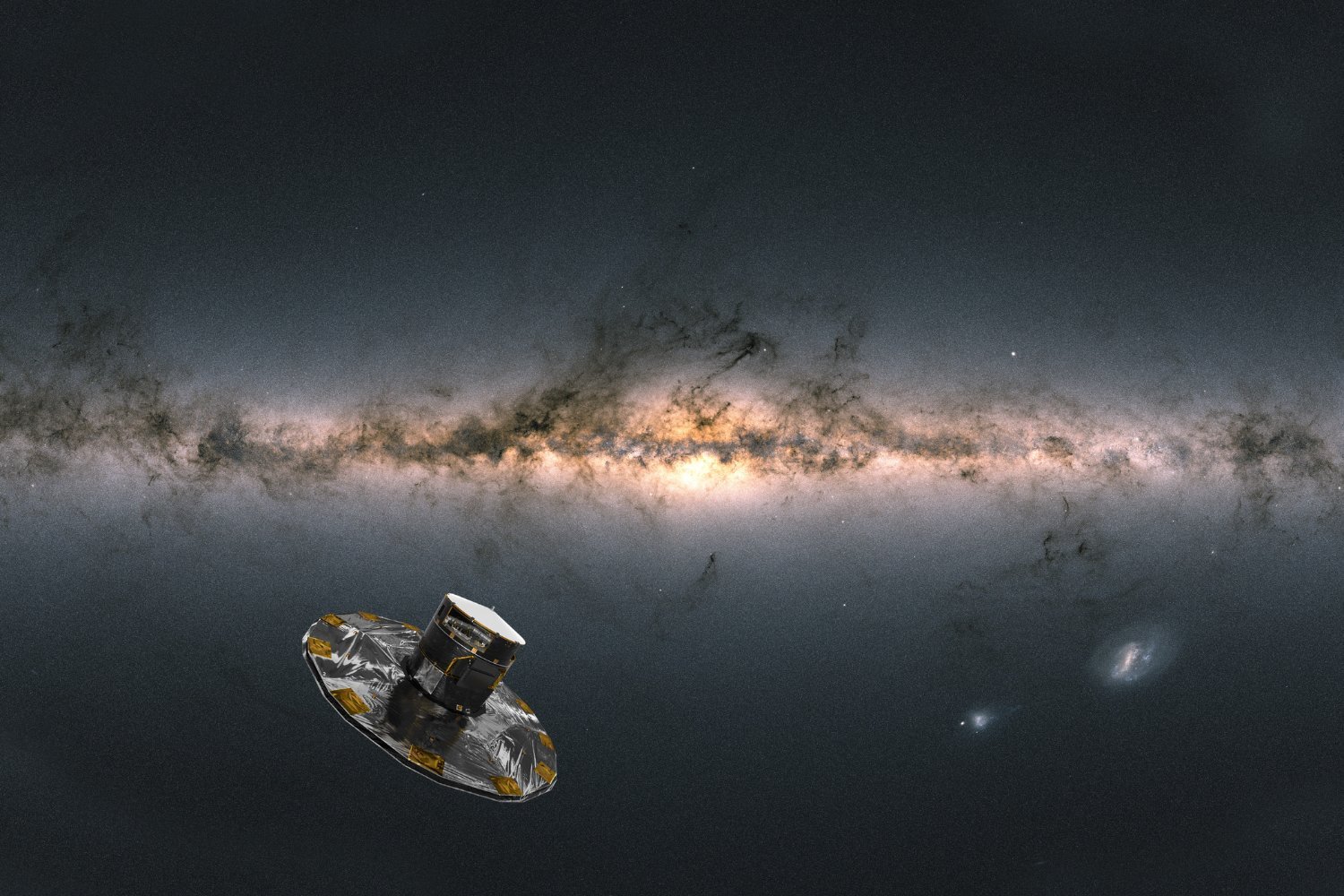The Departure of Gaia: A Telescope Alters Our Perception of the Milky Way

One of the most advanced tools in the history of astronomy, Gaia, has completed its mission. For over eleven years, this giant of stellar observation provided us with a detailed map of the Milky Way and revealed secrets about the origin and evolution of our galaxy. However, its shutdown does not signify the end of its influence: the data it collected will continue to yield results in the coming decades.
Gaia: A legacy that will endure in astronomy
Launched on December 19, 2013 by the European Space Agency, Gaia spent over a decade in space, orbiting stably at 1.5 million kilometers from Earth. Its main mission: to create the most accurate three-dimensional map of the Milky Way. Its contributions to astronomy are undeniable. Gaia enabled the creation of a catalog with over 1.8 billion stars, recording not only their positions but also their characteristics and movements. Thanks to its observations, scientists identified two groups of primitive stars at the galactic core that were crucial in the formation of the Milky Way over 12 billion years ago. Gaia also revealed the ongoing growth of our galaxy through the absorption of smaller ones, like Gaia-Encelado, around 10 billion years ago. Currently, the Milky Way continues to slowly merge with the Sagittarius dwarf galaxy.
The end of a historic mission
Last Thursday, the team at the European Space Operations Centre (ESOC) in Germany sent the final commands to shut down the telescope. Engineers had to deactivate one by one all redundancy systems designed to face the dangers of space, such as radiation storms or micrometeorite impacts. Tiago Nogueira, an ESA operations engineer, explained that spacecraft like Gaia are not meant to shut down easily. To ensure its deactivation, the onboard software was intentionally damaged, and both the communication module and central computer were disabled. Finally, its engines received the command to place it in a “retirement orbit”, where it will remain at a safe distance from Earth for at least a hundred years.
The Gaia archive: An untapped goldmine
Although Gaia has been shut down, its legacy lives on in the data transmitted over more than a decade. These records have not been fully exploited yet, and the fourth stellar catalog is expected to be published in 2026, covering the first five and a half years of the mission. The final catalog, planned for 2030, will encompass ten and a half years of observations. In addition to its revolutionary stellar map, Gaia also recorded the trajectories of 150,000 asteroids in the Solar System and detected several black holes in the Universe. Its gaze was not only focused on our galaxy but also on the local group of over fifty neighboring galaxies.
An immortal legacy in the history of astronomy
Gaia may have ceased its operations, but its impact on astronomy will continue to influence future generations. The collected data will continue to transform our understanding of the Milky Way and other celestial bodies. Even though it is no longer active, its legacy will remain alive in every discovery that arises from its immense information archive.




